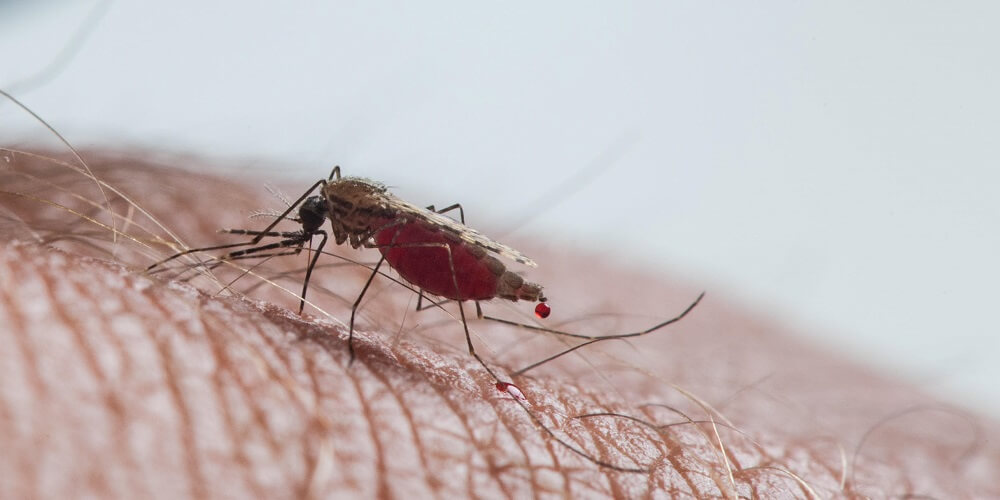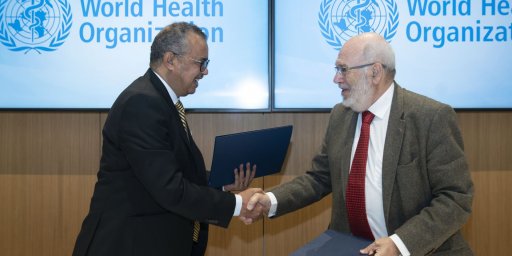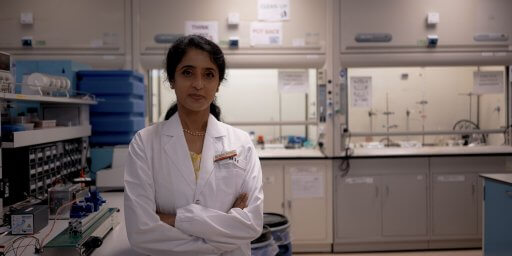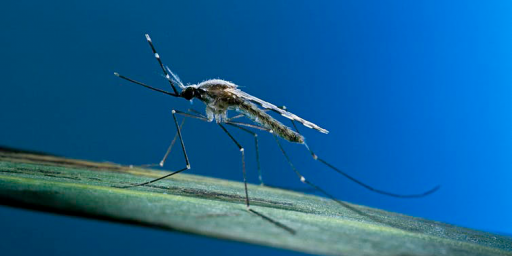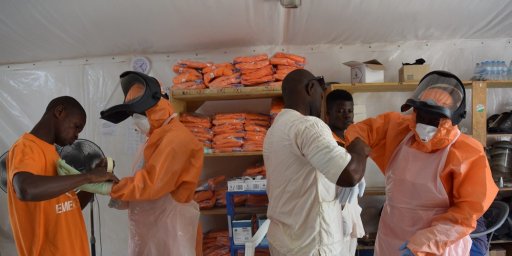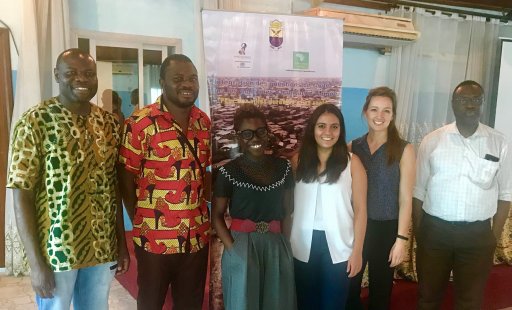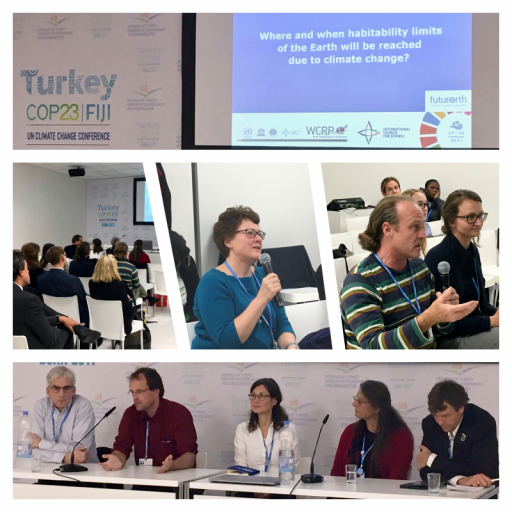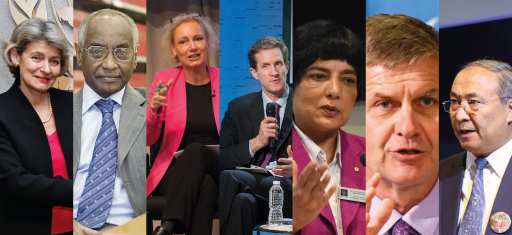Vhuli Obida, who lives in the district, was one of them. “When I was growing up, there was a lady who used to pass in front of our gate every day on the way to the tea plantation. I knew her struggles and the long hours she worked in that back-breaking job to provide for her family,” says Obida.
“Years later, when I was a nurse, that lady came into the hospital with malaria after she had finished work. She was still wearing her uniform. Her symptoms were so severe, she didn’t make it. That scene has never left me.”

Passionate about her community’s plight, Obida now works as a study coordinator at the University of Pretoria and is involved in research aiming to safely prevent the spread of the mosquito-borne disease.
Everybody has specific experience that they can add and apply to malaria –
Prof Tiaan de Jager
Malaria affects half of the world’s population, killing more than 400,000 people a year. Almost all of these deaths are in Africa where a child dies every two minutes. Those who survive are often unable to work or attend school either due to symptoms or to care for relatives, trapping communities in a vicious cycle of poverty that is hard to break. Overall, this “disease of poverty” slows economic growth in some African countries by around 5% every year.
A fight in progress
The world is making progress in its fight against malaria, averting 1.5 billion cases of the disease and preventing 7.6 million deaths since 2000. This is largely thanks to a combination of several vector control tools including insecticide-impregnated bed nets as well as antimalarial drugs.
While the aim remains to eradicate malaria, fighting the disease is difficult. Progress to meet the target of 90% reduction in cases by 2030 has slowed particularly in the wake of the coronavirus pandemic.
“The challenge in Africa is how to get from controlling malaria to eliminating it,” says Professor Tiaan de Jager, director of the University of Pretoria Institute for Sustainable Malaria Control. “Malaria parasites are becoming more resistant to antimalarial drugs, and insecticide resistance in vectors is also increasing, presenting another problem for malaria control.”
A shape-shifting menace
Perhaps the biggest challenge of all is the disease complexity itself. Malaria is caused by a Plasmodium parasite and these parasites are spread by Anopheles mosquitoes that bite humans. Plasmodium hide in the liver for a couple of weeks before infecting the blood stream, which is when people begin to feel ill. Without antimalarial drugs, victims can experience delirium, high fever and if left untreated, death. “Antimalarials save lives, but while they target blood-stage infections, they are poor at targeting other forms of the parasite such as transmissible gametocytes,” says Professor Lyn-Marie Birkholtz, South African Department of Science and Innovation (DSI) and National Research Foundation (NRF) Research Chair (SARChi) in Sustainable Malaria Control at the University of Pretoria.Researchers at the Universities of Pretoria and Witwatersrand, the Drug Discovery and Development (H3D) Centre, University of Cape Town (UCT) and the Council for Scientific and Industrial Research joined forces and have been working hard to outwit Plasmodium falciparum, which is not only the most common type of malarial parasite, but the one responsible for the most deaths.
The day I see the back of malaria will be the happiest day of my life –
Vhuli Obida
Plasmodium parasites are “shape shifters” capable of taking on multiple forms, some of which cause the disease, while others allow the parasite to be transmitted back to mosquitoes and continue the life cycle, Professor Birkholtz explains. This makes them tough for our immune system to identify and target. One form, called gametocytes, make it possible for malaria to be transmitted from humans back to mosquitoes again due to their shape. “They look like little bananas…so they can be taken up by the tiny proboscis of a feeding mosquito,” Professor Birkholtz explains.
Compound interest
The massive collaborative effort across South Africa enabled scientists to grow gametocytes in the lab. By establishing this technology in the country, the team could expand drug discovery efforts beyond the blood stage and then look for new chemical compounds also capable of killing these gametocytes. One recent approach has been to use Medicines for Malaria Venture (MMV) and Drugs for Neglected Diseases Initiative (DNDi)’s Pandemic Response Box.
The box contains a freely available collection of 400 diverse drug-like molecules with previously reported activity against bacteria, viruses or fungi. With international partners, this box was screened for efficacy against liver-stage parasites, blood-stage parasites and gametocytes, enabling them to pinpoint compounds with potential for further development towards new drug candidates. The work was also supported by local and international funders including the South African DSI and MMV through the Strategic Health Innovation Partnership programme at the Medical Research Council.
The team discovered two potent compounds capable of targeting processes essential to the parasite’s survival, which they describe in a study published in Nature Communications. Unlike most antimalarials, these chemicals can kill several stages of the parasite and stop them from infecting the mosquitoes. “It’s the first time that we have chemicals that selectively can block the transmission between humans and mosquitoes,” Professor Birkholtz says.
A potential game-changer
It is impossible to say whether this discovery will lead to the successful development of new antimalarial drugs. But if it does, Professor Birkholtz envisages they could be combined with other drugs and used to treat people with the disease while simultaneously preventing the spread of the parasite. “The beauty of this is that we could hit two different forms of the parasite,” she says.

For example, a patient could be treated for malaria symptoms in a clinic, but if any blood stage parasites escape the treatment to form gametocytes, the new compounds could be “added on” to kill the gametocytes when they develop. This combination treatment offers hope in the face of drug resistance, because even if parasites evade compounds intended to kill them in the blood stage due to resistance, there is another chance to beat them as gametocytes.
“It is essential that we have the necessary tools to kill all these different forms of the parasite. We can then cure patients of the disease but, importantly, also block the malaria transmission cycle. This will be a major contribution to achieve malaria elimination.”
The future fight
South Africa aims to eliminate malaria by 2023, while the United Nations hopes that by 2030 the deadly disease will be consigned to history. This will only be possible with a multi-pronged strategy, which will likely include new drugs and a highly effective vaccine. In October 2021, the WHO approved the first malaria vaccine for widespread use among children in high Plasmodium falciparum transmission areas. While this offers some hope to families, the technologies behind the Covid-19 vaccine could also aid in the future fight against malaria. For example, BioNTech, a biotechnology company that worked with Pfizer on a Covid-19 vaccine aims to develop the first mRNA-based vaccine for malaria prevention.
Professor Birkholtz says the breakthrough of the large collaborative team is the result of five years of technology establishment in Africa and hopes it will enable more discoveries in the future, with the help of the group’s transdisciplinary approach. At the University of Pretoria alone, all faculties are involved in advancing the fight against the disease. “Everybody has specific experience that they can add and apply to malaria,” Professor de Jager explains. He believes that using innovative tools such as educational children’s books, high-tech fabrics and new drugs, malaria could be beaten within our lifetime.
For the thousands of people who have been touched by grief or debilitated by malaria, elimination cannot come soon enough. The experience of seeing her neighbour suffering with the disease still haunts Obida, who hopes to be part of the solution to halt the spread of the deadly disease.
“The day I see the back of malaria will be the happiest day of my life,” she says.

This article has been reviewed for the University of Pretoria by Dr Magdalena Stoeva, FIOMP, FIUPESM and Elodie Charbol, Pint of Science.
